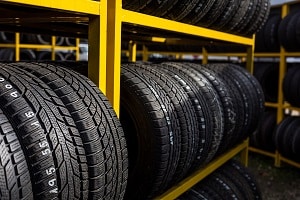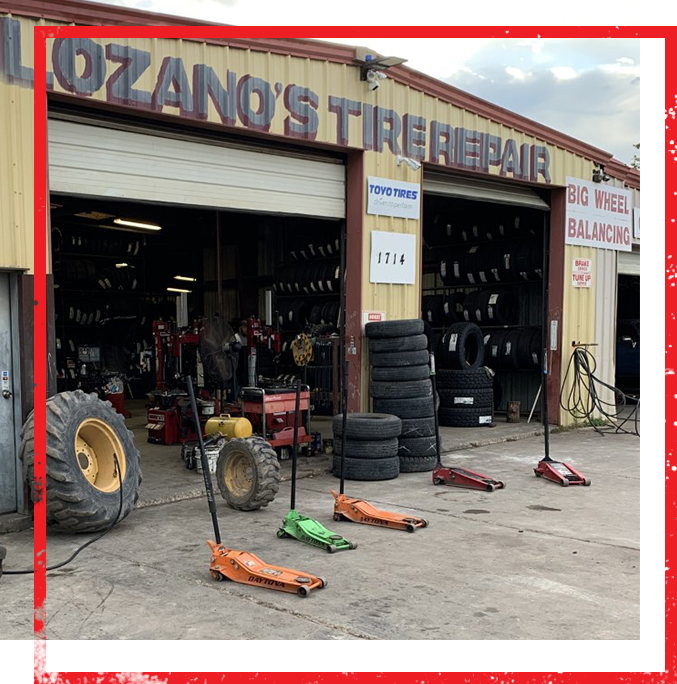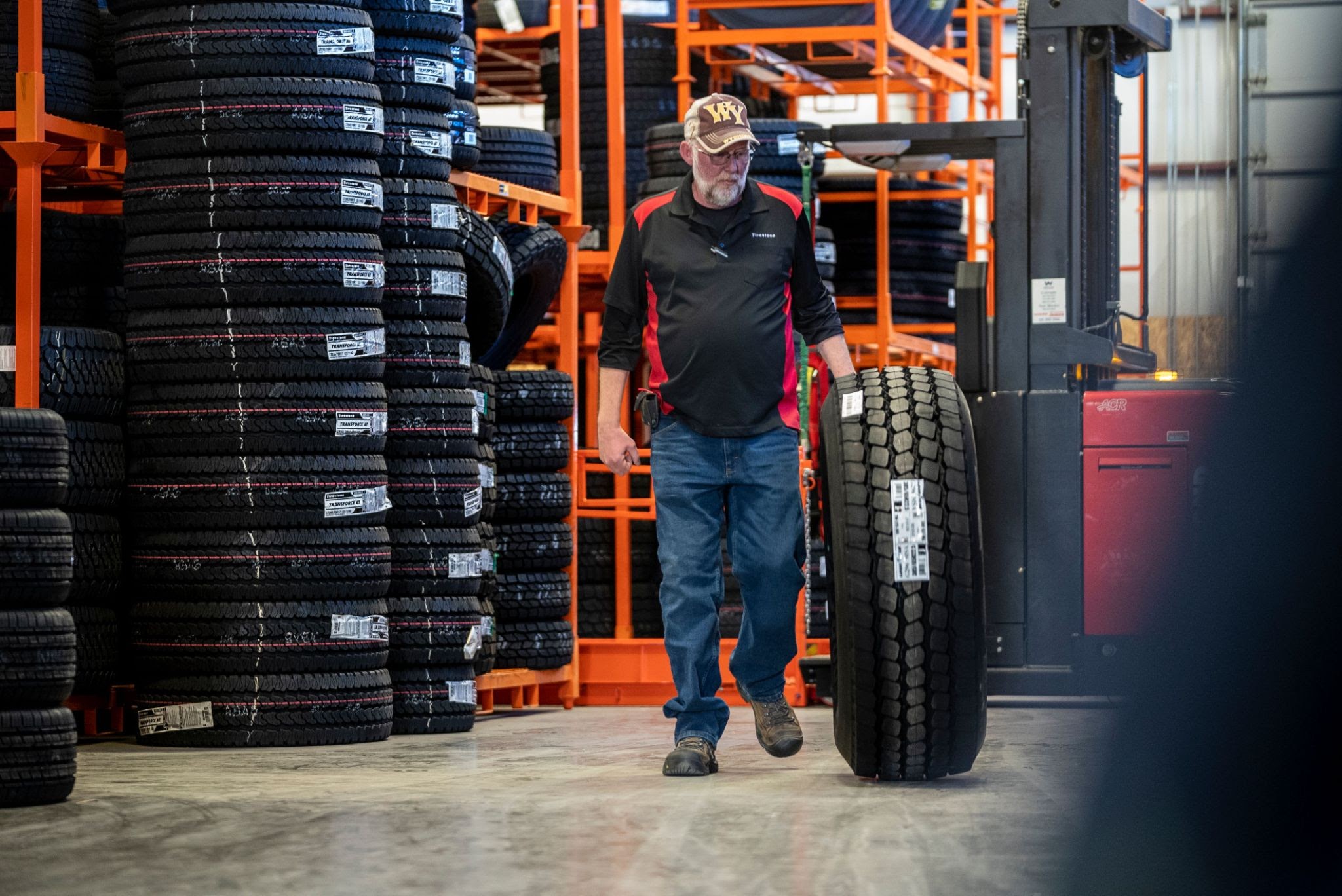
The Importance of Tire Solution for Safe Driving
Ensuring the safety of oneself and others on the road is paramount when it comes to driving. One critical facet that usually goes overlooked yet is necessary for risk-free driving is tire upkeep. The condition of your tires can considerably influence your car's efficiency and overall security. From tire stress to tread deepness, there are a number of essential variables to take into consideration when it pertains to tire service. Overlooking these critical facets can result in various risks while when traveling. Let's discover why tire service is a basic part of risk-free driving and just how it can make a significant distinction in your general driving experience.
Tire Pressure Upkeep
When tires are underinflated, the contact patch-- the area where the tire fulfills the road-- increases, leading to too much warmth accumulation and possible tire blowouts. Conversely, overinflated tires lower the call patch, resulting in unequal tire wear and minimized grip.
To preserve the proper tire pressure, describe the automobile supplier's referrals generally discovered in the proprietor's guidebook or on a sticker label situated inside the driver's side door jamb. Tire pressure must be inspected at the very least when a month making use of a dependable pressure gauge and adjusted as required. In addition, it is a good idea to inspect tire pressure eventually trips or when carrying heavy lots to make sure safe handling and optimum performance. By focusing on tire stress upkeep, motorists can promote more secure driving conditions and lengthen the life of their tires.
Footstep Depth Evaluation
Proper tire pressure not just enhances automobile performance but also impacts step wear, making normal tread deepness evaluation necessary for secure driving. The tread deepness of a tire is important as it straight influences grip, particularly in snowy or damp problems. Insufficient tread deepness can result in lowered grip when driving, increasing the threat of mishaps. To make sure optimum safety and security, chauffeurs ought to consistently check their tire walk deepness utilizing a walk deepness gauge. The advised minimum step deepness is 2/32 of an inch; nonetheless, for improved performance, specifically in adverse weather, a step deepness of 4/32 of an inch or even more is advisable. Unequal tread wear can show placement or suspension problems, better emphasizing the value of regular step deepness evaluation. By preserving ample walk depth, drivers can enhance their car's handling, braking, and general security when driving. Remember, safe driving starts with correct tire maintenance, consisting of routine walk deepness checks.
Normal Tire Rotations
By routinely turning your tires, you assist disperse use even more uniformly across all four tires. Front tires often tend to use out more promptly than rear tires due to variables like steering and braking pressures.

Relevance of Placement Checks
Placement checks play a vital function in making certain that the even put on patterns attained with routine tire turnings are preserved for ideal lorry efficiency and security. Appropriate placement adds to a comfortable and this smooth driving experience while also extending the life-span of your tires. When your automobile's wheels are not appropriately straightened, it can lead to uneven tire wear, affecting handling and gas efficiency. Misaligned wheels can also place additional stress and anxiety on suspension components, causing possible damages and costly repair work.
Additionally, correct alignment boosts road grip and security, particularly when driving in tough conditions such as damp or icy roadways. By organizing normal alignment checks, you can address any issues promptly, making certain that your car operates at its ideal and promoting overall safety on the road.
Indicators of Tire Put On
Unequal step wear throughout the tire surface can recommend positioning problems or improper rising cost of living. Step deepness is also crucial, and if it falls listed below 2/32 of an inch, it's time to change the tires for optimum traction. Regularly inspecting for these signs of tire wear and addressing them immediately through expert evaluation and upkeep will certainly not just prolong the life of your tires but additionally enhance your security on the roadway (morris tires).
Final Thought

From tire pressure to walk deepness, there are Full Article several essential variables to take into consideration when it comes to tire service. When tires are underinflated, the contact patch-- the location where the tire fulfills the roadway-- rises, leading to extreme warm buildup and possible tire blowouts. By rotating your tires, you make certain that each tire puts on uniformly, maintaining regular grip (morris tires). Regularly inspecting for these indications of tire wear and resolving them promptly through professional examination and upkeep will not only prolong the life of your tires yet additionally boost your safety on the roadway
Normal upkeep tasks such as checking tire pressure, checking tread depth, revolving tires, and examining placement are important to guarantee ideal efficiency and long life of tires.